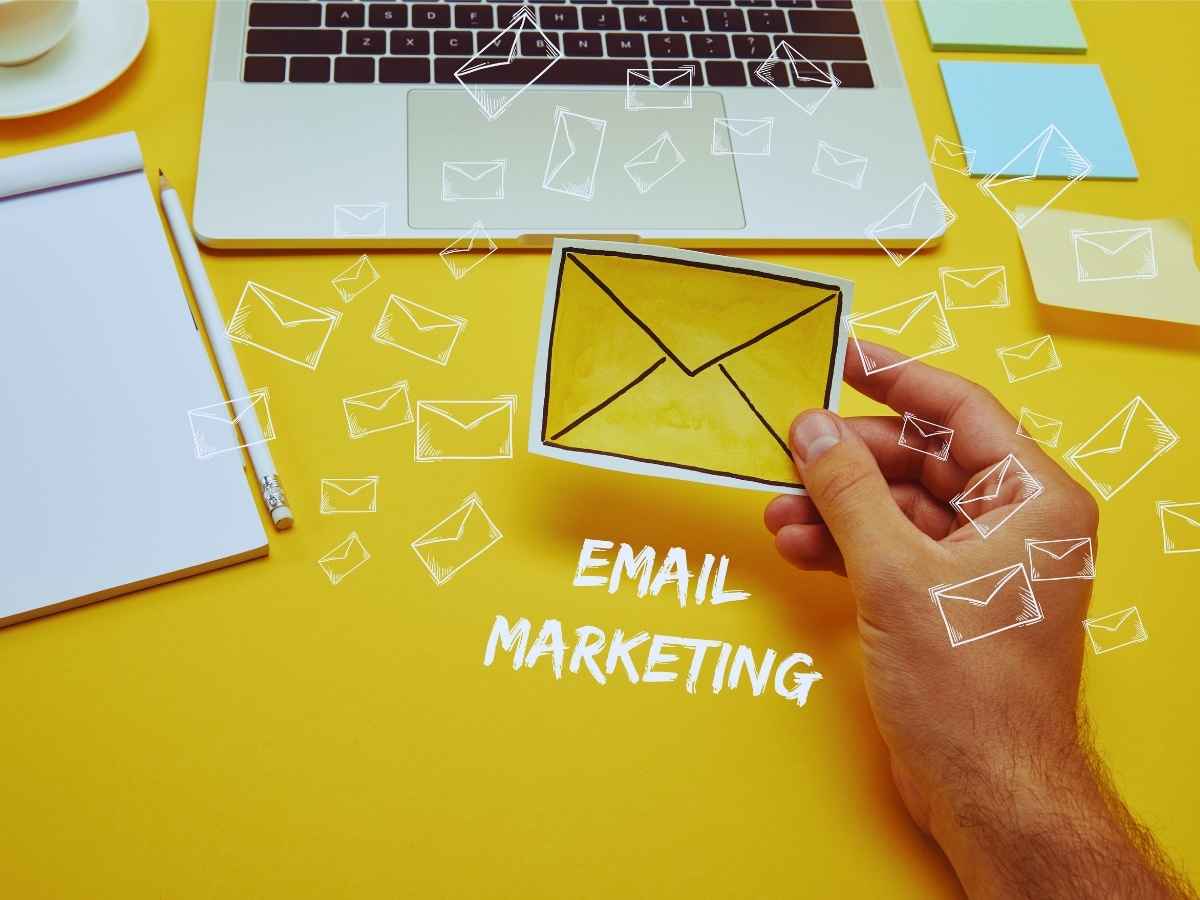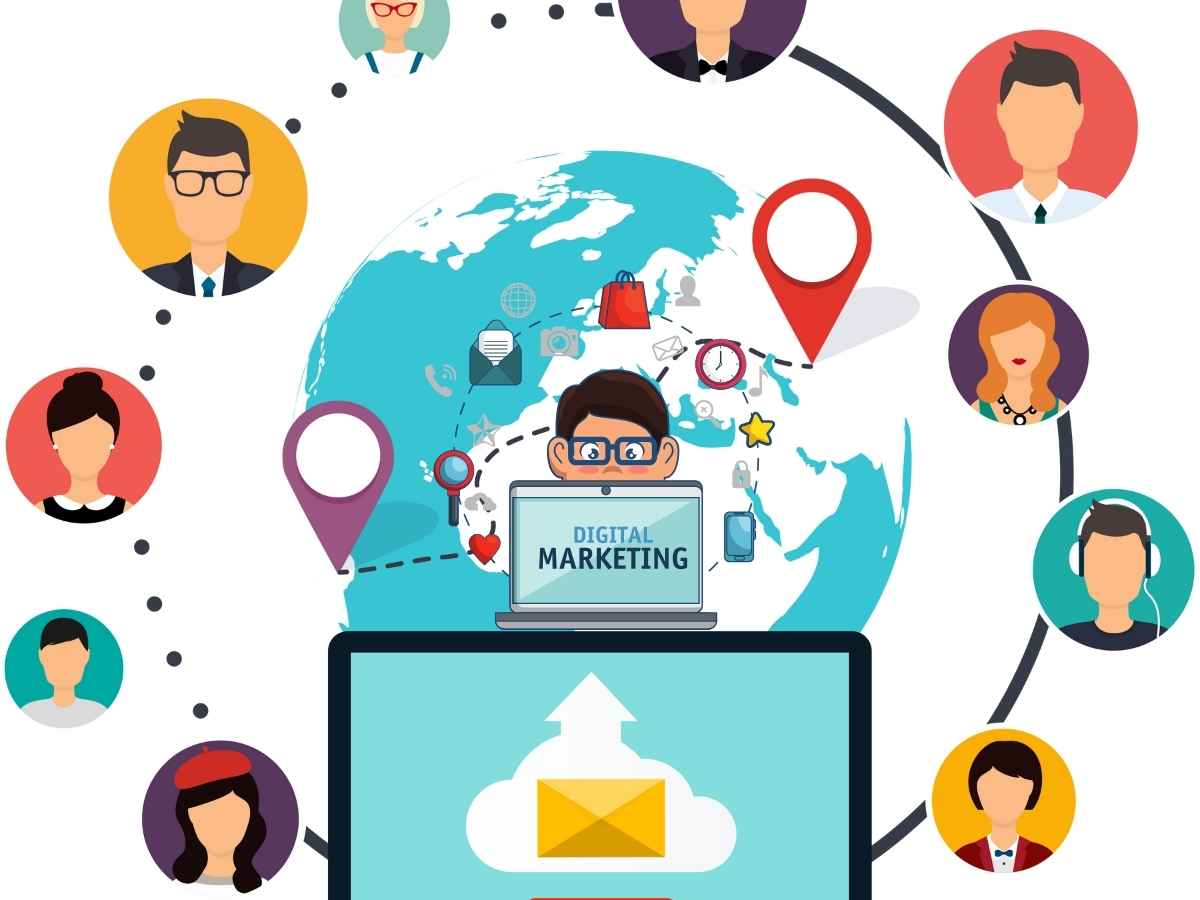With so much noise in the digital space, why does email still outperform social media and ads in ROI?
Because email marketing isn’t just a communication tool; it’s a relationship builder. It connects businesses with their customers through personalized, targeted, and data-driven messages. Whether you’re a small business owner, digital marketer, or startup founder, email marketing can transform how you engage customers and drive results.
This guide will walk you through the strategies, tools, and insights needed to create high-converting email campaigns. From segmentation to automation, we’ll cover everything you need to know to harness the power of email marketing and boost your ROI.
Why Email Marketing Still Works in 2025
For years, email marketing has been hailed as one of the most effective marketing channels, and in 2025, it continues to hold that crown. Here’s why email remains a marketer’s best friend:
Proven ROI
Did you know that for every $1 spent on email marketing, the average ROI is $42? That’s an incredible 4200% return! Email marketing consistently delivers better performance than social media and paid ads, making it a cost-effective strategy for any business.
Key Role in the Customer Journey
Email is the backbone of customer communication. From onboarding new subscribers to nurturing leads and encouraging repeat customers, email is essential across every stage of the buyer’s journey.
Cost-Effective and Targeted
Unlike other channels, email allows you to reach your audience directly and deliver personalized messages without high advertising costs. It’s scalable, measurable, and unmatched in precision.
The takeaway: Email marketing offers a high ROI because it delivers the right message to the right people, at the right time.

Crafting a Winning Email Marketing Strategy
To create high-converting email campaigns, you need more than just great copy. It’s about having a watertight strategy that drives action.
Step 1: Define Your Campaign Goals
What do you want to achieve? Be specific about your objectives, whether it’s driving sales, increasing website traffic, or improving engagement. Every email you send should align with a clear business goal.
Step 2: Know Your Audience
Dig deep into your target audience’s preferences, behaviors, and pain points. Use data and customer insights to create messaging that resonates.
Step 3: Plan a Content Calendar
Consistency is key. Map out your campaigns around key dates, product launches, or seasonal promotions. This ensures a steady flow of communication with purpose.
Step 4: Deliver Value-Driven Content
Always ask yourself, “What’s in it for my audience?” Provide informative, entertaining, or helpful content that aligns with their needs and interests.
Step 5: Utilize A/B Testing
Optimize your campaigns through split testing. Experiment with subject lines, CTAs, visuals, and email formats to discover what works best for your audience.
By following these steps, you’ll have a strategy that drives measurable results.
Segmentation: The Key to Relevance
Ever heard the phrase “One size doesn’t fit all”? That’s especially true for email marketing. Segmentation ensures each email you send feels relevant and personal.
Types of Segmentation:
- Demographics: Age, location, or profession.
- Behavior: Browsing actions, clicks, or past purchases.
- Purchase History: Items bought or money spent.
- Engagement Level: Open rates, clicks, or inactivity.
Benefits of Segmentation:
- Higher open and click-through rates.
- Lower unsubscribe rates.
- More personalized, meaningful interactions with your audience.
For example, segmenting your list to deliver exclusive VIP promotions to frequent shoppers can lead to significantly higher conversions. Targeting works!

How to Increase Open Rates and CTR
An email is only impactful if it’s opened and clicked. Here’s how to make sure your emails don’t go unnoticed.
Craft Irresistible Subject Lines
Your subject line is the first impression. Make it compelling, concise, and intriguing. Use action words, personalization, or urgency (e.g., “Your exclusive offer expires in 24 hours!”).
Add Personalization
Emails with personalized subject lines have a 26% higher open rate. Use names, preferences, or past purchases to show your audience you know them.
Optimize for Mobile
Most people check emails on their phones. Ensure your designs are mobile-friendly, with scannable layouts and clear CTAs that are easy to tap.
Experiment with Timing
Finding the right time to send emails can boost engagement. Test different days and times (e.g., early mornings or evenings) to see what works best for your audience.
Create a Sense of Urgency
Motivate readers to act now with limited-time offers or exclusive deals. Use phrases like “Only 5 spots left!” or “Ends tonight!” to drive urgency.
These small optimizations can lead to big improvements in your results.
Use of Automation in Email Campaigns
Automation takes your email marketing to the next level by saving time and delivering consistent, targeted content.
Examples of Automated Email Workflows:
- Welcome Sequences: Automatically onboard new subscribers with an engaging series of introductory emails.
- Cart Abandonment Reminders: Encourage customers to complete their purchases with timely follow-ups.
- Re-Engagement Campaigns: Bring inactive subscribers back with exclusive offers or fresh content.
Benefits of Automation:
- Improves efficiency by running campaigns on autopilot.
- Enhances relevance with behavior-based messages.
- Drives conversions by delivering the right content at the perfect moment.
With tools like Mailchimp or ActiveCampaign, even small businesses can leverage the power of automation.

Measuring Campaign Success and ROI
Tracking your success is critical to improving your email marketing strategy. Here are key metrics to monitor:
- Open Rate: Measures how many people open your emails.
- Click-through Rate (CTR): Assesses how many clicks your links receive.
- Bounce Rate: Tracks undeliverable emails (hard bounces vs. soft bounces).
- Conversion Rate: Gauges the percentage of recipients who complete your intended action.
- Unsubscribe Rate: Reveals if your audience finds your emails relevant.
Tools to Use
Platforms like HubSpot, ActiveCampaign, and Brevo can help you track and analyze these metrics.
Calculating ROI
Use this formula to evaluate your campaigns’ profitability:
ROI = (Revenue – Spend) / Spend x 100
By understanding what’s working and what isn’t, you can refine your efforts and allocate budgets smartly.
Start Building Better Email Campaigns Today
High-converting email marketing campaigns aren’t about sending more emails; they’re about sending better ones. It all comes down to strategy, personalization, and continuous improvement.
Whether you’re nurturing leads, boosting sales, or building customer loyalty, email marketing is your digital powerhouse.
Want to take your campaigns to the next level? Download our free email marketing checklist or sign up for updates today!





